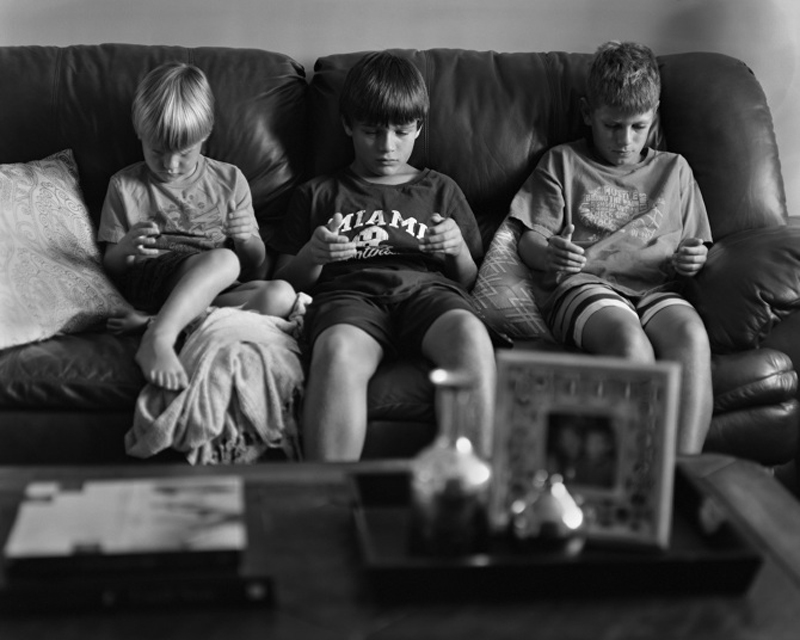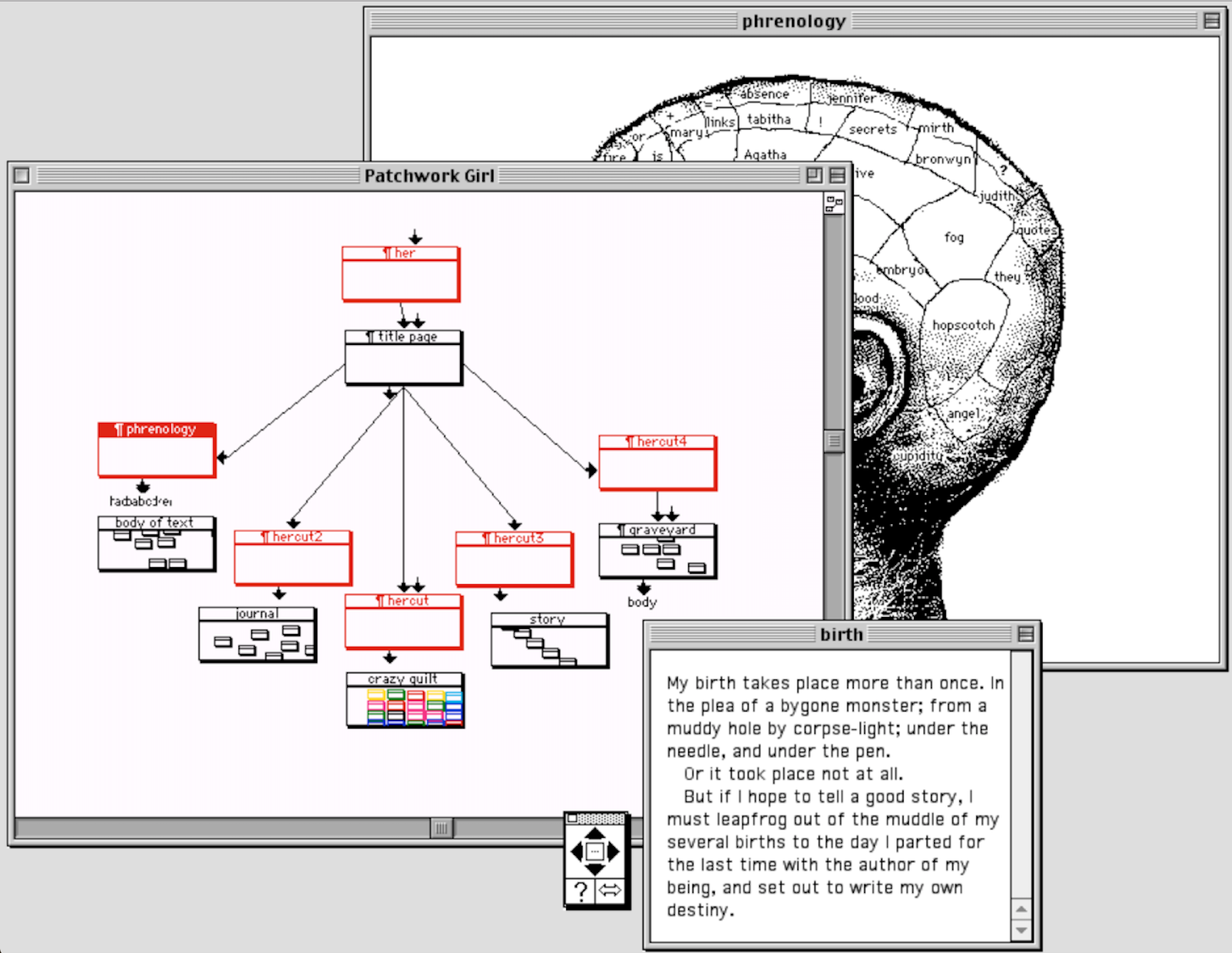Lest I should not be able to write again, I feel impelled to write a few lines that may fall under your eye. I have no misgivings about, or lack of confidence in the cause in which I am engaged, and my courage does not halt or falter. My love for you is deathless; it seems to bind me with mighty cables that nothing but Omnipotence could break. The memories of the blissful moments I have spent with you come creeping over me, and I feel most gratified to God and to you that I have enjoyed them for so long. I have but few and small claims upon Divine Providence, but something whispers to me—perhaps it is a wafted prayer — that I shall return to my loved ones unharmed. If I do not, never forget how much I love you, and when my last breath escapes me on the battle field, it will whisper your name.
Extracts from Sullivan Ballou Letter
July 14, 1861, Camp Clark, Washington
Since the 1800s, letters to and from the frontline have been the only means of communication between many military personnel and their families. Nothing was more important to a G.I. than receiving a letter or a care package from their “gal.” The Public Broadcasting System (PBS) reiterated the soldiers’ shared sentiment when it stated: “few things mattered more to those serving abroad than letters from home; mail was indispensable.” One infantryman even argued that “we couldn’t have won the war without it” (“The war at home”, 2007, para. 1).
In today’s technological society, the basic concept of communication between deployed persons and families and friends has seen no substantive change. The core elements, including time away, distance, and logistics, remain ever present. However, there has been a substantial change in the means of communication.
A common colloquialism for mail from the United States Postal Service (USPS) is that of “snail mail.” While snail mail remains important, the advent of technology has seen an increase in social media sites such as Facebook, Skype, and Tango. Utilizing these communication venues allows families to instantly reconnect with their loved ones. These sites and the tools and services made available to the public at large allow spouses, parents, children, and friends to do a diverse multitude of things. For example, a sender can upload memorable life events like the birth of their first child, a first day of school, high school graduation, vacation, or the ever-requested “selfie” to make the day of a loved one. Similarly, a soldier, sailor, or airman can keep a loved one informed of their safety and whereabouts while being able to make decisions regarding life back at home.
Given its immediacy and instant response, the sending of a letter is often seen as outdated. To be clear, many believe that the traditional handwritten letter is more personal; electronic communication, however, is far more immediate. According to “Social Media and Military Families,” “increasingly military service men and women now use social media to connect, share, and participate in ‘nearly real-time’ events anywhere in the world” (Matthews-Juarez, Juarez and Faulkner, 2013, pg. 770). Conversely, while the intimacy and immediacy can help a military member’s performance within their unit, it can also serve as a hinderance. Social media is a gateway to the home front, alleviates the psychological stress of separation of family, and generally improves the esprit de corps that keeps a family together. These benefits, in some instances, have been found to overshadow and overwhelm and in the process elevate stress levels and promote violation of security protocols.
In light of the potential downsides, social media’s role in the military and in communication with family members was once nonexistent, thanks to a ban on such sites altogether. In 2007, “the Pentagon blocked its computer networks from accessing sites including YouTube and Myspace in an attempt to keep a tight rein on information about troop activities”(Matthews-Juarez, Juarez and Faulkner, 2013, pg. 769). The Pentagon wanted to ensure the confidentiality and security of the Armed Forces and did not want enemy groups to use information found on social media against them.
In 2010, United States Deputy Defense William Lynn ordered a review of the military’s social networking policies to weigh the benefits and drawbacks of allowing members of the Armed Forces to use social media. Later that year, the Pentagon announced it had authorized the use of Facebook, Twitter, and other Web 2.0 sites across the US military, saying “the benefits of social media outweigh security concerns”(Juarez et al 2013, pg. 769). Today the military utilizes social media in an effort to reach new recruits and promote their programs.
The military has established guidelines for such access to social media and the Internet more generally. Its members must abide by this Uniform Code of Military Justice (UCMJ), which governs military actions online and offline. Commenting, posting, or providing links to material which violates the UCMJ will have serious consequences up to and including expulsion from the service.
The military also publishes pamphlets like the “Social Media Guide For Military Families” to educate dependents on digital etiquette and to protect Operations Security (OPSEC). Further, the military has created unit-sponsored webpages on Facebook that include uploaded pictures of personnel, assignments, and morale wellness program events accessible to the general public. The Armed Forces go so far as to encourage dependents to get in touch with their loved ones by creating social media accounts, a far cry from its previously antagonistic stance. According to the military-sponsored pamphlet “Social Media Guide For Military Families,” The Department of Defense (“DOD”) has embraced the safe use of social media, recognizing that “interest-based capabilities are integral to operations across the Department of Defense” (Blue Star Families, n.d., pg. 2). Status updates, photographic uploads, messages and video chats from social networking sites help families stay connected. Social media strengthens familial bonds by creating an intimate avenue to connect service members to their families.
The need for more convenient modes of communication like social media is without question. Military spouses and partners endure numerous emotions, including fear and loneliness during the anticipation, separation, and reintegration of deployment. “It has been widely documented that service members and their families have a unique set of stressors that lead to psychological problems” (Juarez et al 2013, pg. 773). Many of these stressors are triggered by the deployment process. Military families become anxious during the wait for those well-dressed messengers in formal regalia to show up at their door. Deployment and redeployment often becomes the worst news imaginable, and prayers turn to the safety of their service members.
The separation resulting from deployment can trigger anger in many cases, as a partner or spouse is left to a life alone, often raising a family, acting as two while only one. Feeling lonely after a long day of Murphy’s law, they want their spouse back home; they want to be held, reassured that everything will be alright.
Prior to the digital age, a spouse or partner’s only recourse was to write letters. Today, they can log on to their social media accounts and send their significant others emails, pictures and videos to reconnect. They can have real-time conversations about daily activities, from taking up new hobbies like salsa to discussing what to do about broken appliances. Through the utilization of social media comes a sense of normalcy in an already difficult situation. In fact and testament, as a military wife enduring a nine-and-a-half month deployment, I find that social media has helped build my relationship with my husband because it allows us a level of communication and emotional intimacy that may be hard to get through a handwritten letter. Whenever I am sad or angry I know it will brighten my day to go online and interact with my husband through Skype or e-mail. Military resources such as the Family Readiness Group are also available online in an effort to connect spouses who live off-base with deployment resources.
Military men and women, too, struggle with relationships during deployment. The psychological deployment-related stressors to which military personnel are often exposed include risks of death, injury, inadequate living conditions, sleep deprivation, and longing for home. According to a 2002 Department of Defense survey of mental health issues among all branches of the military, “in the 12,756 active-duty personnel who responded to the questionnaire the most frequently reported sources of stress were being away from family and deployment.” (“Physiologic, psychological and psychosocial effects of deployment related stress,” 2007, pg. 3). This finding seems to suggest that service personnel are more concerned about being away from their family than about death. They feel guilty for missing major milestones in the lives of their partners and children. Fortunately, online privileges are given to service personnel for relaxation and reconnection with their friends and families at home, and organizations such as the USO provide mobile programs that connect troops in remote locations with Internet, telephone, email, and gaming resources. Such programs allow them to release the heavy burden of their daily activities and serves as a stress reliever.
Children adjust to deployment differently depending on their age. Older children are more aware of the duties of their parents and take on new responsibilities to look after their parent and younger siblings while their service member is deployed. Very young children will be more prone to act out and cause disruptions. In fact, according to “Future of Children,” “very young children may be more vulnerable to disruptions in parental functioning and family relationships, because they have fewer coping skills and family relationships and less outside support than older children do” (Cozza & Lerner, 2014, pg. 4). Young children have not developed the full understanding of deployment, so they retaliate against the parent who stays on the home front. Traditionally, after the deployed parent returns home, the young children are more prone to find it difficult to reintegrate the deployed parent back into their lives.
Social networks help integrate deployed service personnel into the everyday lives of their children, as elucidated by a USA Today article entitled “Social Media Allow Military Families a Deeper Connection.” According to Bianca Murphy, the wife of Army Major Thomas Murphy, “he was part of [their children’s] day-to-day life so there was no adjustment to some stranger in a uniform.” The Murphys’ daughters grew so used to talking to their father via Skype that their youngest child of two years of age still wants to video chat. “Even though he’s sitting in the living room,” Bianca explains, “she’ll say, ‘No, Mommy, I need to talk to him on the computer’” (Chalmers, 2011, para. 3-4). The Internet allowed the children to frequently see their father, which helped them acclimate upon his return.
Sesame Street has also launched a new program in their Talk, Listen, and Connect virtual workshops to reconnect families after a deployment. According to the website, “Sesame Street provides much needed support and practical education with Talk, Listen, Connect—a multiphase initiative to help kids through deployments, combat related injuries, and the death of a loved one.” Families learn to be together even when they are apart through the use of different social media during the first episode of Sesame Street’s Talk, Listen, Connect.
Family, unity, and communication constitute the foundation that keeps service personnel going during deployment. Social media and social networking sites serve as a bridge, which families can utilize to connect with their deployed service member. The video chat allows families to interact and it temporarily relieves some of the stresses triggered by deployment. During a family Internet date session, both sides are united and have the opportunity to interact as a family unit, sharing memories, experiences and events, committing to sharing their lives together, no matter the circumstances.
Facebook, Twitter, and Skype provide a virtual world where families can show their love and support through the posting of memes on each other’s walls. These memes serve several purposes, including the sharing of humor, encouragement, or simply scheduling a time for a virtual date via video chat or by watching the same Hulu video at the exact same time. Real-time technology promotes in this way a sense of love, unity, companionship and intimacy.
Families are no longer required to rely on snail mail to keep in contact with their deployed service member. They can now use social media to maintain a since of normalcy in their relationships. According to “Social Media and Families”: “as life challenges increase for military families, the use of social media may heighten the emotional response or emotional concerns of both the service man and woman and of their family and friends” (Juarez et al, 2013 pg. 770 para. 3). Social media is making sticking together easier, and as the old adage goes “If you can make it through deployment, then you can make it through anything.”
Works Cited
Arming military families with love, laughter, and practical tools for deployment. (n.d.). Retrieved October 12, 2014, from http://www.sesameworkshop.org/what-we-do/our-initiatives/military-families/ [Editor’s note: Page no longer available]
Ballou, S. (n.d.). Dear sarah, a soldier’s final farewell to his wife [Letter written July 14, 1861 to Sarah Ballou]. Retrieved from http://warrior.scout.com/story/1427869-sullivan-ballou-a-soldier-s-farewell [This is link is no longer available]
Blue star families. (n.d.). Social media guide for military families [Brochure]. Author. Retrieved October 5, 2014, from http://www.jber.af.mil/shared/media/document/AFD-120302-082.pdf.
Cozza, S. J., Col, & Lerner, R. M. (2013). Military children and families. The Future of Children, 23(2), fall, 4-6.
Matthews-Juarez, P., Juarez, P. D., & Faulkner, R. T. (2013). Social media and military families: a perspective. Journal of Human Behavior in the Social Environment, 23(6), 769-776. doi: 10.1080/10911359.2013.795073
Mike, C. (2011, November 11). Social media allow military families a deeper connection. Retrieved October 10, 2014, from http://usatoday30.usatoday.com/news/military/story/2011-11-28/military-deployment-social-media/51349158/1
Physiologic, psychologic, and psychosocial effects of deployment-related stress.(2007). Gulf War and Health, 6, 3-3. Retrieved October 9, 2014, from http://books.nap.edu/openbook.php?record_id=11922&page=R1
The war at home. (2007, September). Retrieved October 4, 2014, from http://www.pbs.org/thewar/at_home_communication_letters_diaries.htm
Context Links
A military guide to social networking use between military members and families
A CNN story on the liabilities of social networking for military members and families
An Augusta Chronicle [link no longer active] piece on how social media has helped one military family
:::

Julia “CeeCee” Hall-Davis is married to AM2 Richard Davis US NAVY. She is a native of Richmond, VA and graduated from JR Tucker High School. She is a Paralegal Major at the University of Richmond and works at the VA Beach Public Schools. Her dream is to teach middle school special education. Her hobbies include salsa dancing as well as traveling the world. She has visited over 7 countries, including Great Britain, Turkey, and Greece. Julia and Richard live in Chesapeake with their very spoiled black lab, Xavier.



